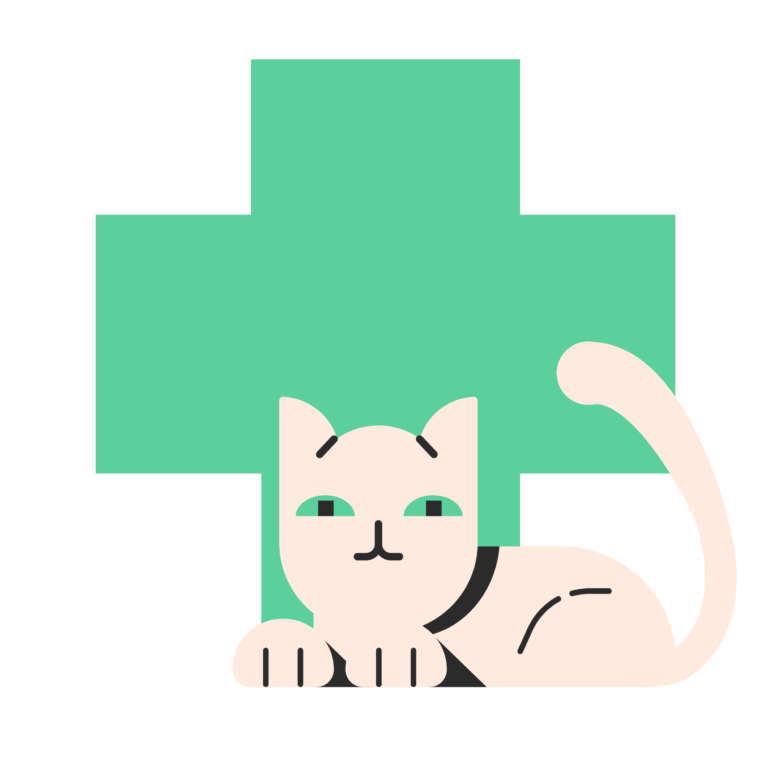Hospital Price Transparency – Compliance through Legislation
Hospital Price Transparency – Compliance through Legislation

The bundling and final pricing of products and services in the US healthcare market is very opaque and there is wide dispersion across geographies and services. Transparency in pricing, in any market, is important since the visibility in pricing allows the different players to work together in determining the supply and demand. This helps in reducing the inefficiencies and most importantly in identifying the “True Value” of the products and services.
According to the US Bureau of Labor Statistics (BLS) there are close to 14000 hospitals in US that employ 6.6 million people. The various players (Providers, Payers, and Companies) work in silos and pricing is arrived at by internal processes. With a huge variation in final pricing, it becomes difficult for the end users: the patients, to plan for any treatment and a vast majority of patients delay or abandon plans to access services in hospital systems.
As a part of Affordable Care Act, The Center for Medicare and Medicaid Services (CMS) has issued two rules to address:
Hospital Price Transparency & Coverage Transparency
The rule requirements will empower the consumers with tools to access pricing plans and compare services and products across service providers and allow them to shop for their requirement across these service providers.
The Hospital Price Transparency rule is affective from January 2021 and mandates that institutions in US that are licensed as hospitals must post their standard charges prominently on a publicly available website. As per the CMS, the standard charges must be posted in two ways:
1) Machine Readable File (MRF)
- Single machine-readable digital file containing “Standard Charges” for all items and services provided by the hospital. The CMS finalized the definition of Standard Charges to include 5 price points which are:
- Gross charge: The charge for an individual item or service that is reflected on a hospital’s chargemaster, absent any discounts.
- Discounted cash price: The charge that applies to an individual who pays cash, or cash equivalent, for a hospital item or service.
- Payer-specific negotiated charge: The charge that a hospital has negotiated with a third party payer for an item or service.
- De-identified minimum negotiated charge: The lowest charge that a hospital has negotiated with all third-party payers for an item or service.
- De-identified maximum negotiated charge: The highest charge that a hospital has negotiated with all third-party payers for an item or service.
2) Consumer-friendly Display of Shoppable Services
Display of at least 300 “shoppable services” (or as many as the hospital provides if less than 300) that a health care consumer can schedule in advance. Must contain plain language descriptions of the services and group them with ancillary services.
The MRF needs to be digital and must be importable or accessible by any other computer system without manual intervention. Furthermore, the file names have to conform to a convention specified by CMS. The file needs to be uploaded clearly on a public website and should directly accessible to any user through a browser without any barriers like registration or user account, providing any personal details, or charge/fee.
For hospitals, it is mandatory that they list the pricing coverage data in MRF on their website. If the hospital has multiple locations operating under one license, and the standard charges are different then they need to publish and list the files location wise. Under special circumstances, where the hospitals have multiple clinics operating under same location, they can publish a consolidated file with all items and services across the different clinics in same location.
In another scenario, where the hospital has multiple locations and pricing is common across all locations, a single file can used to display the list of charges subject to identification of each location in the file.
“Group health plans and issuers of group or individual health insurance will begin posting pricing information for covered items and services. This pricing information can be used by third parties, such as researchers and app developers to help consumers better understand the costs associated with their health care. More requirements will go into effect starting on January 1, 2023, and January 1, 2024 which will provide additional access to pricing information and enhance consumers’ ability to shop for the health care that best meet their needs.”
For non-compliance by hospitals, a penalty of US 300/day was effective in the beginning. In January 2022, the CMS increased the penalty to USD 5500/day.
Currently, the hospitals and payers are uploading the data in Machine Readable Form (MRF) to their public websites. All this data is spread across disparate locations on the Internet. The data needs to be aggregated and processed to have insights that will help all the players make good decisions.
Aided by these legislations, the next 2 years will unleash a huge amount of Transparency data and good use of the data would help in improving the hospital pricing and in providing the patients a clear basis for making good healthcare decisions
References:–
https://www.cms.gov/hospital-price-transparency
https://www.cms.gov/hospital-price-transparency/resources
https://guidehouse.com/insights/healthcare/2022/blogs/price-transparency-complexities-in-2022
Contact Us
Let us innovate together. If you are interested in exploring this further contact us at https://cloudastra.ai/contact-us





